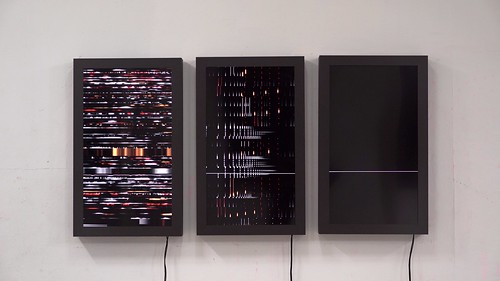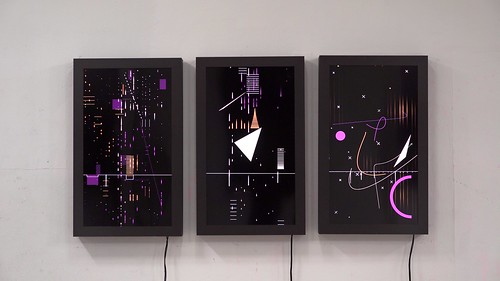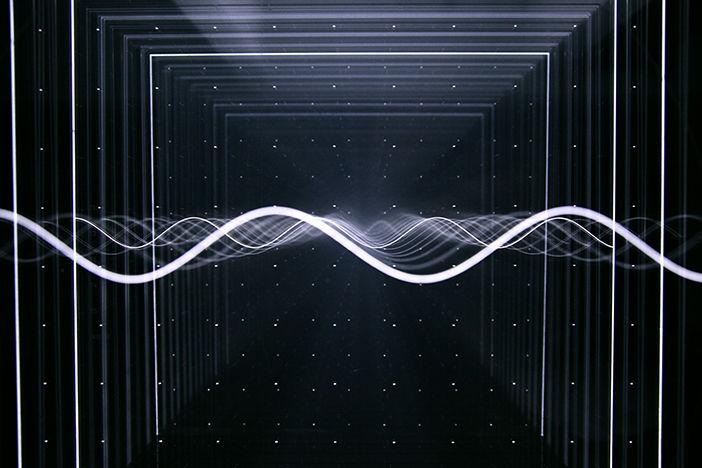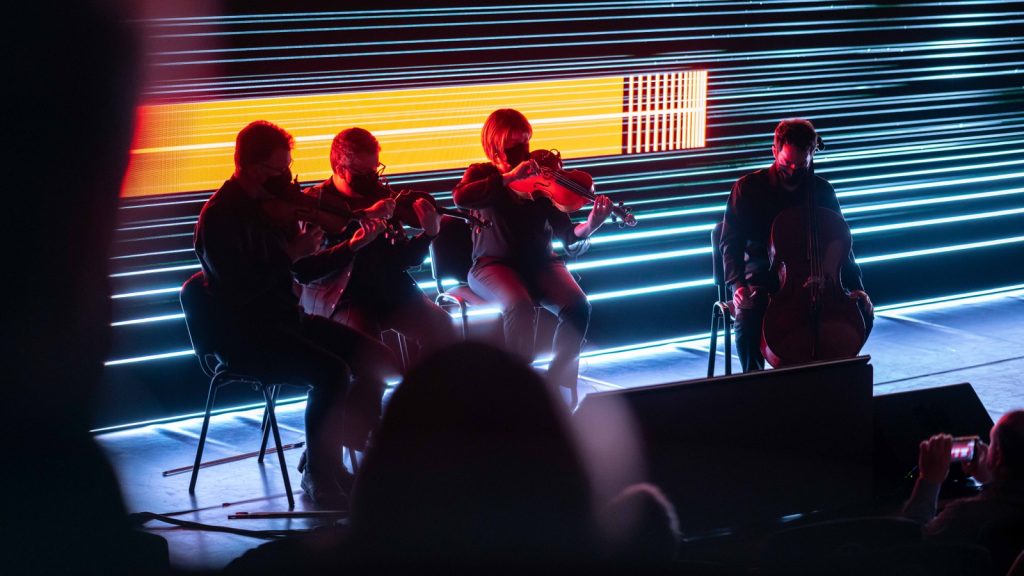wpf-string-art//Patrick Fisher Section B
var dx1;
var dy1;
var dx2;
var dy2;
var numLines = 50;
function setup() {
createCanvas(400, 300);
background(50);
fill(10);
rectMode(CENTER);
rect(200,150,250,250)
dx1 = (275-25)/numLines;
dy1 = (275-25)/numLines;
dx2 = (25-275)/numLines;
dy2 = (25-275)/numLines;
}
function draw() {
var x1 = 75;
var y1 = 25;
var x2 = 275;
var y2 = 275;
stroke(255,0,0,200);
for (var i = 0; i <= numLines; i += 1) { //crates x design that goes from upper left to bottom right
line(x1, y1, x2, y2);
x1 += dx1;
y1 += dy1;
x2 += dx2;
y2 += dy2;
}
x1 = 375;
y1 = 25;
x2 = 75;
y2 = 275;
for ( i = 0; i <= numLines; i += 1) { //creates x design that goes from lower left to upper right
line(x1, y1, x2, y2);
x1 += -dx1;
y1 += dy1;
x2 += -dx2;
y2 += dy2;
}
dx1 = (325-25)/numLines;
dy1 = (75-25)/numLines;
dx2 = (25-275)/numLines;
dy2 = (25-0)/numLines;
x1 = 75;
y1 = 25;
x2 = 325;
y2 = 75;
stroke(0,0,255,200);
for ( i = 0; i <= numLines; i += 1) { //creates the blue pattern at the top
line(x1, y1, x2, y2);
x1 += dx1;
y1 += dy1;
x2 += dx2;
y2 += dy2;
}
x1 = 325;
y1 = 75;
x2 = 75;
y2 = 25;
for ( i = 0; i <= numLines; i += 1) { //creates the second half of the top blue pattern
line(x1, y1, x2, y2);
x1 += -dx1;
y1 += -dy1;
x2 += -dx2;
y2 += -dy2;
}
x1 = 325;
y1 = 175;
x2 = 75;
y2 = 250;
stroke(0,0,255,200);
for ( i = 0; i <= numLines; i += 1) { //creates the botom blue pattern
line(x1, y1, x2, y2);
x1 += -dx1;
y1 += dy1;
x2 += -dx2;
y2 += dy2;
}
x1 = 75;
y1 = 250;
x2 = 325;
y2 = 175;
stroke(0,0,255,200);
for ( i = 0; i <= numLines; i += 1) { //creates the top half of the bottom blue pattern
line(x1, y1, x2, y2);
x1 += dx1;
y1 += -dy1;
x2 += dx2;
y2 += -dy2;
}
noLoop();
}
I really struggled with this project, both creatively and technically. I had to take the sample code and finger with it mostly randomly to create anything that I was remotely satisfied with it.



![[OLD SEMESTER] 15-104 • Introduction to Computing for Creative Practice](../../../../wp-content/uploads/2023/09/stop-banner.png)


